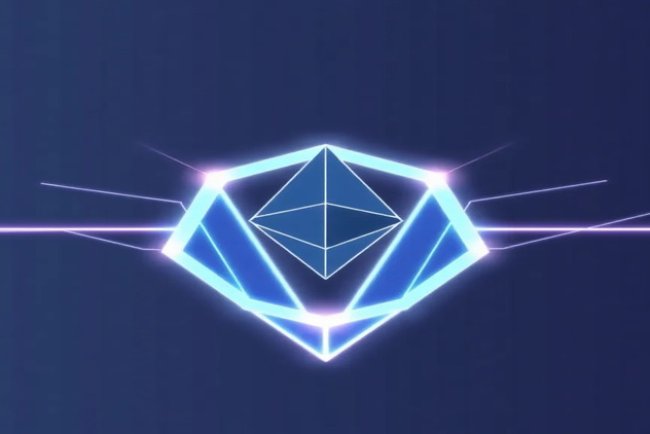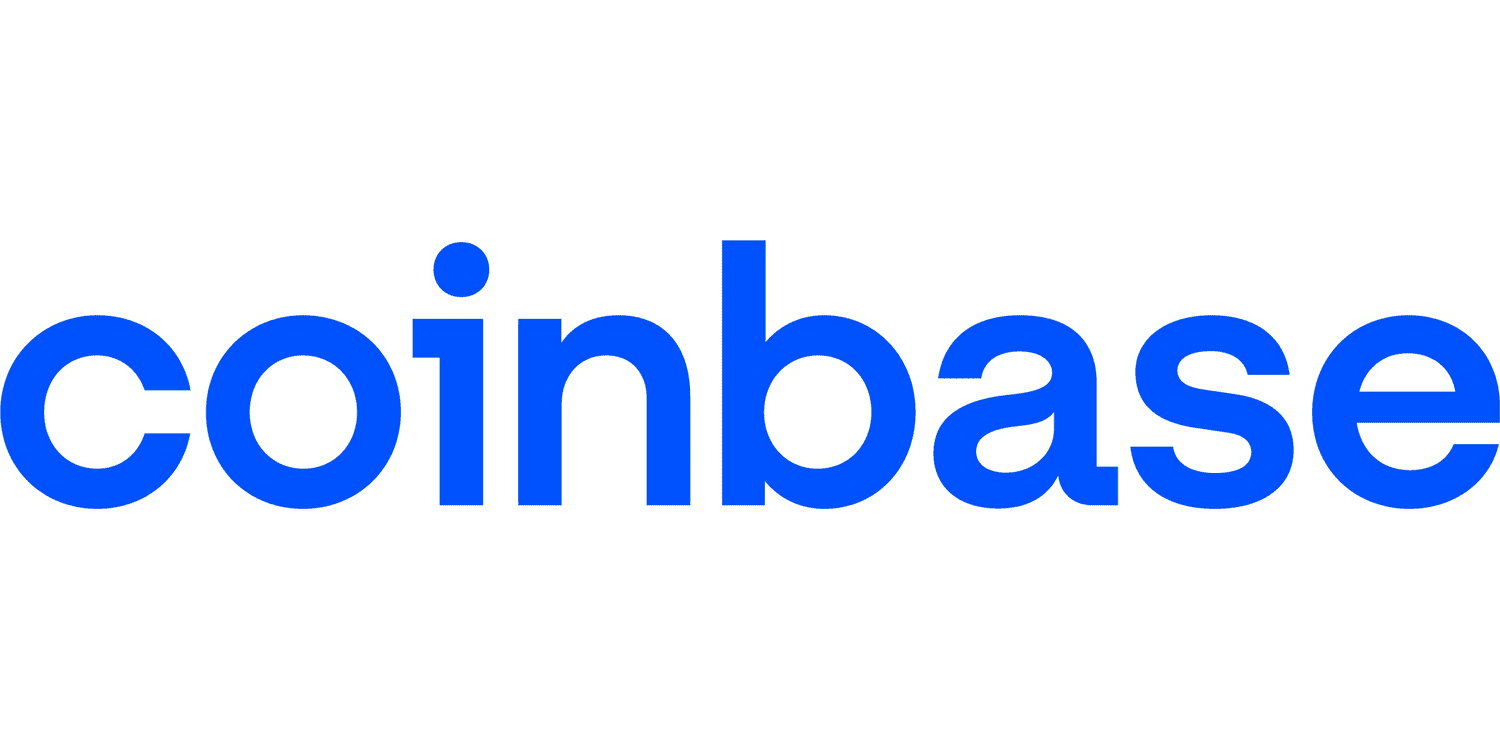Devcon Panelists Discuss Ethereum Fragmentation Solutions
At Devcon, key figures discuss Ethereum's fragmentation challenges and the need for a unified user experience across layer-2 solutions.

Overview of the Panel Discussion
During a recent Devcon panel in Bangkok, prominent Ethereum thinkers discussed the platform's evolving identity and the challenges posed by its fragmented ecosystem. The panel featured notable figures such as Vitalik Buterin, Stephen Goldfeder, Ben Jones, and Jesse Pollack, with Hart Lambur of Uma and Across Protocol moderating the discussion.
Progress and Challenges in Ethereum
Lambur highlighted the advancements Ethereum has made, particularly through the introduction of “blobs” that have reduced layer-2 costs and increased transactions per second (TPS). However, the rapid scaling has also led to fragmentation, raising concerns about interoperability and user experience.
The Need for a Unified Ethereum Experience
Buterin expressed concern over the necessity of custom solutions for users operating across multiple chains. He emphasized the importance of a seamless Ethereum experience, likening it to the ease of credit card usage in Web2. He warned that if Ethereum fails to provide such an experience, it risks losing to competitors that do.
Competition Among Layer-2 Solutions
The panel discussed the competitive landscape among layer-2 solutions like Base, Optimism, and Arbitrum, all vying for user attention and liquidity. Goldfeder advocated for a “unified Ethereum” where users are not burdened by complex infrastructure, enabling smooth transitions across chains.
Interoperability and the Superchain Vision
Jones and Pollack stressed the importance of interoperability without restrictive silos, referencing Ethereum’s Superchain vision. They suggested that the competition between major layer-2 networks may be overstated, emphasizing the need for user-friendly, cross-chain interactions.
Bridging Technical Gaps
A significant challenge identified was bridging the technical and experiential gaps. Jones noted that while EVM-equivalence should simplify deployment, the reality is that developers face high overhead costs.
Simplifying User Interfaces
Buterin and Pollack agreed on the necessity of simplifying asset movement across chains. Pollack highlighted the importance of interfaces that prioritize user-friendly names over confusing addresses, aiming to empower users even in the event of centralized entity failures.
Standardizing On-Chain Configurations
The panel explored the need for on-chain configurations for layer-2 networks, such as standardized chain IDs. Establishing these standards would allow wallets, dapps, and users to interact with various layer-2s without custom configurations, enhancing interoperability.
Universal Light Clients
One significant advantage of standard on-chain configurations is the development of a universal light client. This tool would enable verification and interaction across multiple layer-2s without needing specific adaptations, thereby reducing technical friction.
Advancing Cross-Chain Operations
Pollack mentioned the potential of standardized protocols like RIP-7755 and ERC standards to facilitate advanced cross-chain operations.
Long-Term Goals for Rollups
Jones and Buterin emphasized the long-term goal of advancing rollups to Stage 1 or 2 to mitigate governance risks. The need for fast and secure bridging was recognized as an urgent priority, especially with innovations in wallet technologies.
User-Centric Ecosystem
Ultimately, the panelists shared a common mission: to enhance user experience while maintaining Ethereum’s decentralized ethos, striving for an ecosystem where the focus remains on users rather than chains.
What's Your Reaction?















